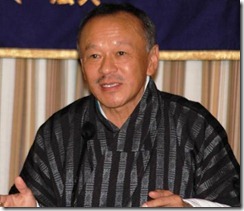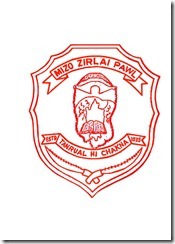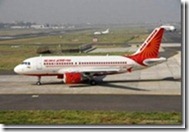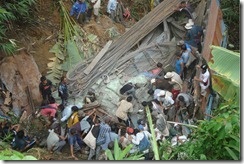 Aizawl, Dec 20 : People all over the world use the media everyday, whether it's using a computer, watching TV, reading a newspaper, talking on the phone or listening to the radio, the mass media today is part of everyday life.
Aizawl, Dec 20 : People all over the world use the media everyday, whether it's using a computer, watching TV, reading a newspaper, talking on the phone or listening to the radio, the mass media today is part of everyday life.
However, as with new opportunities come new problems, the impact of media has its negative sides which can be especially harmful to the teens.
A research recently conducted by Synod Social Front, an organ of Mizoram Presbyterian Church, has found that the advent of media has promoted sex among the teens in this Christian state.
The research found that cell phone has become an important tool to draw teens into sexual temptation.
Questionnaires were distributed to teenagers in Aizawl, other district capitals and rural areas, during the survey, which found that about 99.06 per cent of surveyed teens in Aizawl have cell phones.
Outside Aizawl, 92.2 per cent of the surveyed teens used cell phones. The interviewees included teens between the age of 11 to 15.
The research also found that TV, movies, video games, and Internet use have changed the lives of teens, causing them behavioural problems.
Too much exposure to media has serious health consequences on the teens, the research said.
Media is responsible for creating ideals about body image, owing to which several teenagers (especially girls) suffer from inferiority complex and resort to unhealthy practices to lose weight and get skinny, the research found.
The amount of excessive violence in media, be it the television, movies or the video games, tends to increase aggressive tendencies in teenagers.
The amount of celebrity hype created by the media causes many children to make irrational demands for designer clothing, accessories and other perks of the celebrity life.
Most of the interviewed teens disclosed that they watched TVs for more than one hour daily while they used mobile phones for one hour on an average.
The research strongly recommended that the enforcement of The Cable Television Networks (Regulation) Act, 1995 in the state.
As many as 84.9 per cent of the teens surveyed said they got sexual temptation from the media, while 89 per cent in Aizawl and 93.6 per cent in rural areas said that teenage girls tend to wear sexy clothes due to the influence of media.
Most of the teens said they did read fashion and beauty magazines.
Cosmopolitan and Zawlaidi, a local monthly magazine considered x-rated, were the favourites of most of the teens in Aizawl who read magazines, the research stated.













